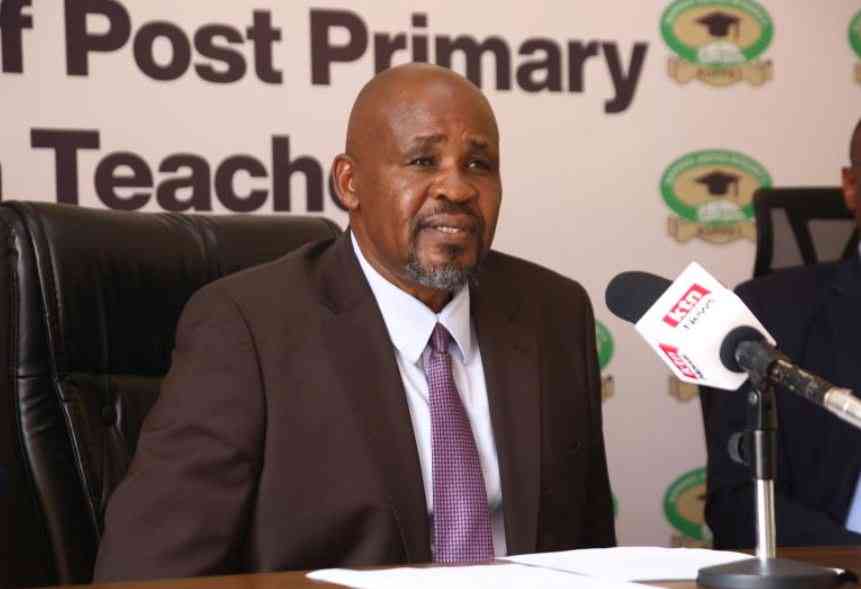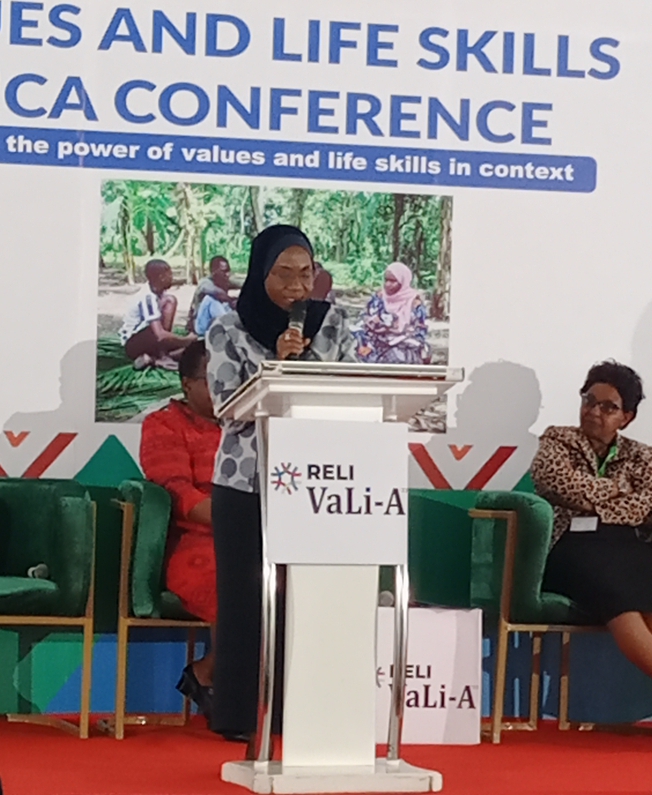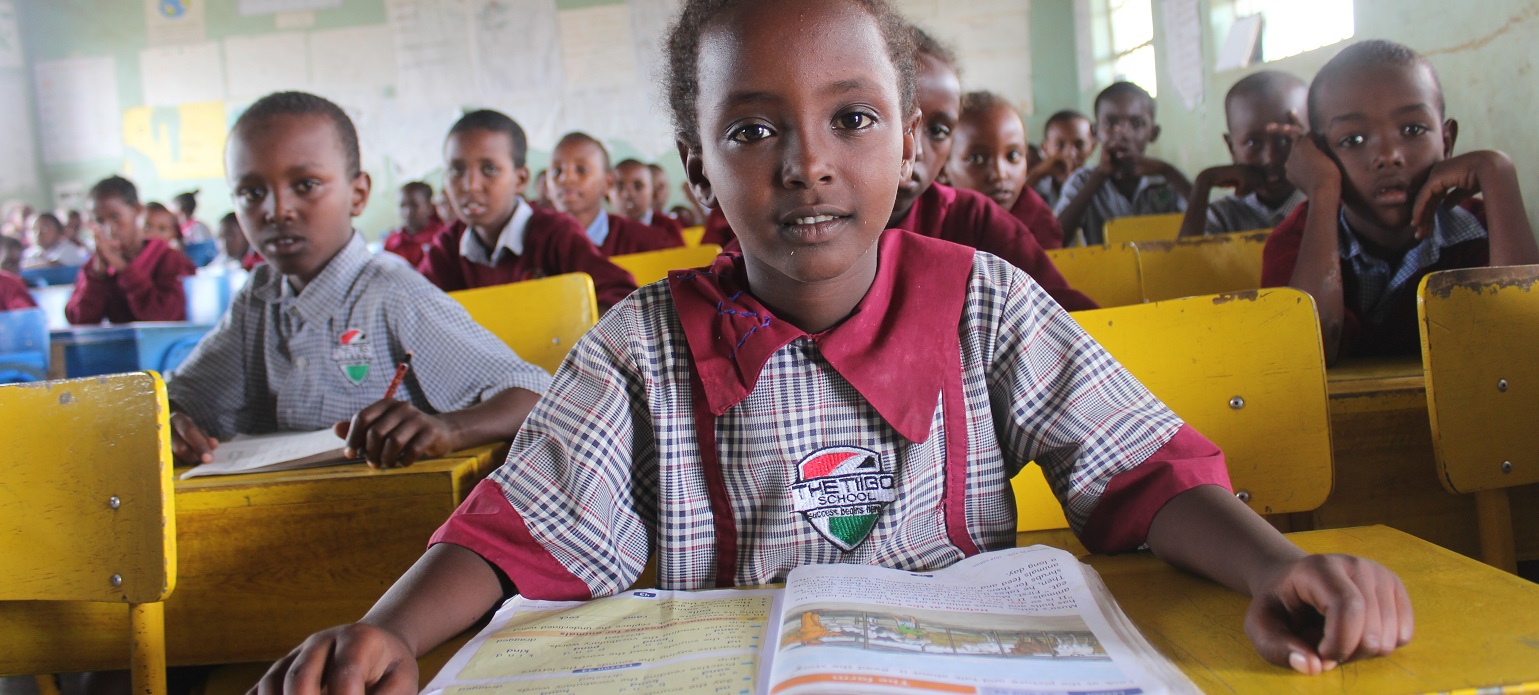The recently introduced university funding model in Kenya, launched by President William Ruto in May 2023, aims to resolve financial crises in public universities and TVET colleges. However, it has sparked significant debate among educators and policymakers. Critics argue the model falls short in addressing affordability and relies on questionable data for means testing, leaving many students unable to pursue higher education. Exclusion of private universities from funding and concerns over government budget cuts further complicate the issue. Stakeholders call for more inclusive, transparent policy-making and better communication to ensure accessible, affordable higher education for all Kenyan students.
Nairobi, Kenya – The recently introduced university funding model by the government has sparked a heated debate among educators and policymakers. In a recent discussion, a panel of experts shared their views on the implications of the new funding model on Kenya’s higher education landscape.
Unresolved Challenges
The funding model, unveiled by President William Ruto in May 2023, was intended to address the financial crises facing public universities and Technical and Vocational Education and Training (TVET) colleges. However, critics argue that the implementation has fallen short. “Up to now, it hasn’t lived its purpose,” noted one panelist, emphasizing the financial strain on students and parents, many of whom cannot afford the hefty fee structures, often exceeding half a million shillings.
Another panelist criticized the model’s reliance on inaccurate data for means testing, which determines the allocation of scholarships and loans. “In a country where data has issues, the credibility of data used for means testing is questionable,” they said, highlighting several problematic data sources, including the Kenya Revenue Authority and the Ministry of Labor and Social Protection.
Stakeholder Concerns
Concerns were also raised from the perspective of private universities. While the new model categorizes students based on need and allocates scholarships, it excludes private universities from receiving these funds. “The students learning in private universities are Kenyan students just as much as those in public universities,” a panelist emphasized. The ongoing financial challenges due to budget cuts were also highlighted, with questions about the feasibility of the model without adequate government support.
Impact on Enrollment and Course Selection
Another critical point was the discouragement faced by students due to the uncertainty of financial support. The high fee structures and delayed financial assistance deter students from pursuing higher education. “You cannot be producing a graduate who is indebted to the country millions and millions of shillings,” one expert said, stressing the model’s failure to address the affordability issue comprehensively.
Government’s Stance
Despite these criticisms, the Ministry of Education maintains that the new funding model is a step in the right direction. Education Cabinet Secretary Ezekiel Machogu stated that a total of 24.7 billion shillings had been disbursed to scholarships and loans for university students, while 11.3 billion shillings went to TVET trainees. Machogu claimed that 100% of the 2023 Kenya Certificate of Secondary Education (KCSE) examination applicants received financial support to pursue their programs of choice.
However, the panelists remained skeptical. They pointed out that many students, particularly those from poorer backgrounds, were not adequately informed or supported through the application process, leading to a significant number of qualified students missing out on higher education opportunities.
The Way Forward
As the debate continues, the need for a more inclusive and transparent approach to funding higher education becomes evident. One panelist called for improved public participation in policy-making and better communication of funding details to students and parents. Another suggested involving private universities in future discussions to ensure equitable support for all students.
The government’s new university funding model, while well-intentioned, faces significant challenges in its current form. Stakeholders urge the government to address these issues promptly to ensure that higher education remains accessible and affordable for all Kenyan students.
.png)

















Comments 0